Selecting the right feature tree for your yard is one of the most important decisions in landscape design. A well-chosen feature tree can become the centerpiece of your outdoor space, drawing attention, adding texture, and creating a sense of grandeur. Whether you’re seeking a focal point to enhance the beauty of your garden or looking for something functional, such as providing shade or privacy, the right tree can add both aesthetic value and practical benefits.
In this article, we’ll guide you through three exceptional feature trees that not only add beauty to your landscape but also increase your property’s value: Magnolia grandiflora ‘Little Gem’, Acer palmatum (Japanese Maple), and Betula pendula ‘Moss White’. Each tree brings something unique to your garden, making them ideal for creating a high-end, luxurious atmosphere.
Magnolia grandiflora 'Little Gem'
Magnolia grandiflora ‘Little Gem’ is a stunning evergreen tree renowned for its glossy green leaves and creamy white flowers. Unlike the larger Magnolia varieties, ‘Little Gem’ is more compact, making it ideal for smaller gardens or as a feature tree in larger landscapes. Its year-round foliage ensures that your garden remains vibrant, while its large, fragrant blooms add a touch of elegance and luxury. ‘Little Gem’ can be planted in full sun or part shade, and it’s well-suited for those seeking a low-maintenance yet eye-catching tree.
Key Facts:
- Mature Height: 4-6 meters
- Mature Width: 2-3 meters
- Best Uses: Feature tree, screening, small garden centerpiece
- Leaf Appearance: Glossy green leaves with a bronze underside
- Rate of Growth: Moderate
- Tolerates: Heat, humidity, drought
Why It’s Perfect to Add to Your Garden:
The Magnolia grandiflora ‘Little Gem’ is an excellent feature tree because it provides year-round greenery, perfect for creating a structured, luxurious look in any garden. Its large, fragrant white flowers are a highlight in spring and summer, adding a burst of elegance to the landscape. Furthermore, its compact growth habit makes it a perfect choice for smaller gardens or as a statement piece in courtyards and patio spaces. If you’re after a low-maintenance tree with a significant visual impact, ‘Little Gem’ is the perfect option.
Acer palmatum (Japanese Maple)
Known for its striking foliage and delicate form, the Acer palmatum (Japanese Maple) is a deciduous tree that brings stunning seasonal color to your garden. Its leaves change from green to brilliant shades of red, orange, and yellow during autumn, creating a vibrant display. Japanese Maples are prized for their architectural shape, making them ideal as feature trees in traditional and modern gardens. This tree thrives in partial shade, making it suitable for areas where you want to create a tranquil, shaded retreat.
Key Facts:
- Mature Height: 3-6 meters
- Mature Width: 3-5 meters
- Best Uses: Feature tree, shaded garden focal point
- Leaf Appearance: Delicate, deeply lobed leaves that change color seasonally
- Rate of Growth: Slow to moderate
- Tolerates: Partial shade, well-draining soil
Why It’s Perfect to Add to Your Garden:
The Acer palmatum (Japanese Maple) is the ultimate choice for adding color and texture to a garden. Its vibrant foliage makes it a standout feature tree, particularly in autumn when its leaves turn brilliant shades of red and gold. If you want a tree that evolves throughout the seasons, providing constant visual interest, a Japanese Maple will not disappoint. Its architectural shape is ideal for high-end gardens emphasizing refined, elegant landscaping. This tree is perfect for creating a peaceful corner in your garden or as a statement piece by a water feature.
Betula pendula 'Moss White'
The Betula pendula ‘Moss White’ is a striking deciduous tree known for its beautiful white bark and graceful, weeping form. This birch tree stands out in any landscape, with its delicate branches and light canopy creating a soft, airy feel. Its bark becomes more vibrant as it matures, adding texture and contrast to your garden. Betula pendula ‘Moss White’ is well-suited for cooler climates and thrives in full sun. This tree’s unique appearance makes it an excellent choice for those looking to add a touch of elegance to their garden.
Key Facts:
- Mature Height: 10-12 meters
- Mature Width: 4-6 meters
- Best Uses: Feature tree, vertical interest, cool-climate gardens
- Leaf Appearance: Small, triangular leaves that turn yellow in autumn
- Rate of Growth: Fast
- Tolerates: Cold climates, well-drained soils
Why It’s Perfect to Add to Your Garden:
If you want to create a high-end garden with a tree that offers visual beauty and elegance, the Betula pendula ‘Moss White’ is an ideal choice. Its striking white bark adds texture and contrasts year-round, while its graceful form provides vertical interest, making it a perfect feature tree. As the tree matures, its bark becomes even more prominent, enhancing its visual appeal. In the autumn, its leaves turn a vibrant yellow, offering a burst of color before they fall, leaving the beautiful white bark on display during winter.
How to Select the Right Feature Tree
Choosing the perfect feature tree requires consideration of several factors:
- Garden Size: Ensure the selected tree will fit comfortably within your garden space as it matures.
- Climate and Soil: To ensure long-term success, select a tree that will thrive in your local climate and soil conditions.
- Maintenance: Consider how much time you want to dedicate to caring for the tree. Some trees, like the Magnolia grandiflora ‘Little Gem’, are relatively low-maintenance, while others may require more attention.
- Functionality: Decide what role the tree will play in your garden. Will it provide shade, be a focal point, or offer privacy?
By carefully evaluating these factors, you can select the perfect feature tree that will enhance the beauty and functionality of your landscape.
Frequently Asked Questions
What is the best time to plant a feature tree?
The best time to plant most feature trees is during autumn or spring. This allows the tree to establish its roots before the heat of summer or the cold of winter.
How much water do feature trees need?
Newly planted trees require regular watering until their roots are well-established. After that, many trees, such as the Magnolia grandiflora ‘Little Gem’, are drought-tolerant and only need occasional watering.
Can I plant a feature tree in a small yard?
Yes, many feature trees, like the Acer palmatum (Japanese Maple) and Magnolia grandiflora ‘Little Gem’, are perfect for smaller spaces due to their compact growth habits.
How do I care for a deciduous feature tree like Betula pendula 'Moss White'?
Deciduous trees shed their leaves in autumn, so they may require extra cleanup during the fall season. Regular pruning will help maintain their shape, and mulching can protect the roots during winter.
Conclusion
selecting the right feature tree can significantly enhance your garden, whether through year-round greenery, seasonal color, or elegant structure. With choices like the Magnolia grandiflora 'Little Gem', Acer palmatum (Japanese Maple), and Betula pendula 'Moss White', your landscape can be transformed into a refined, luxurious space that’s both visually stunning and functional. Each tree offers unique beauty and characteristics, ensuring that your garden will continue to thrive for years to come.












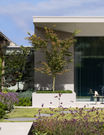







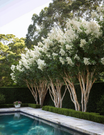
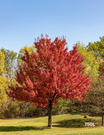


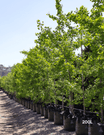









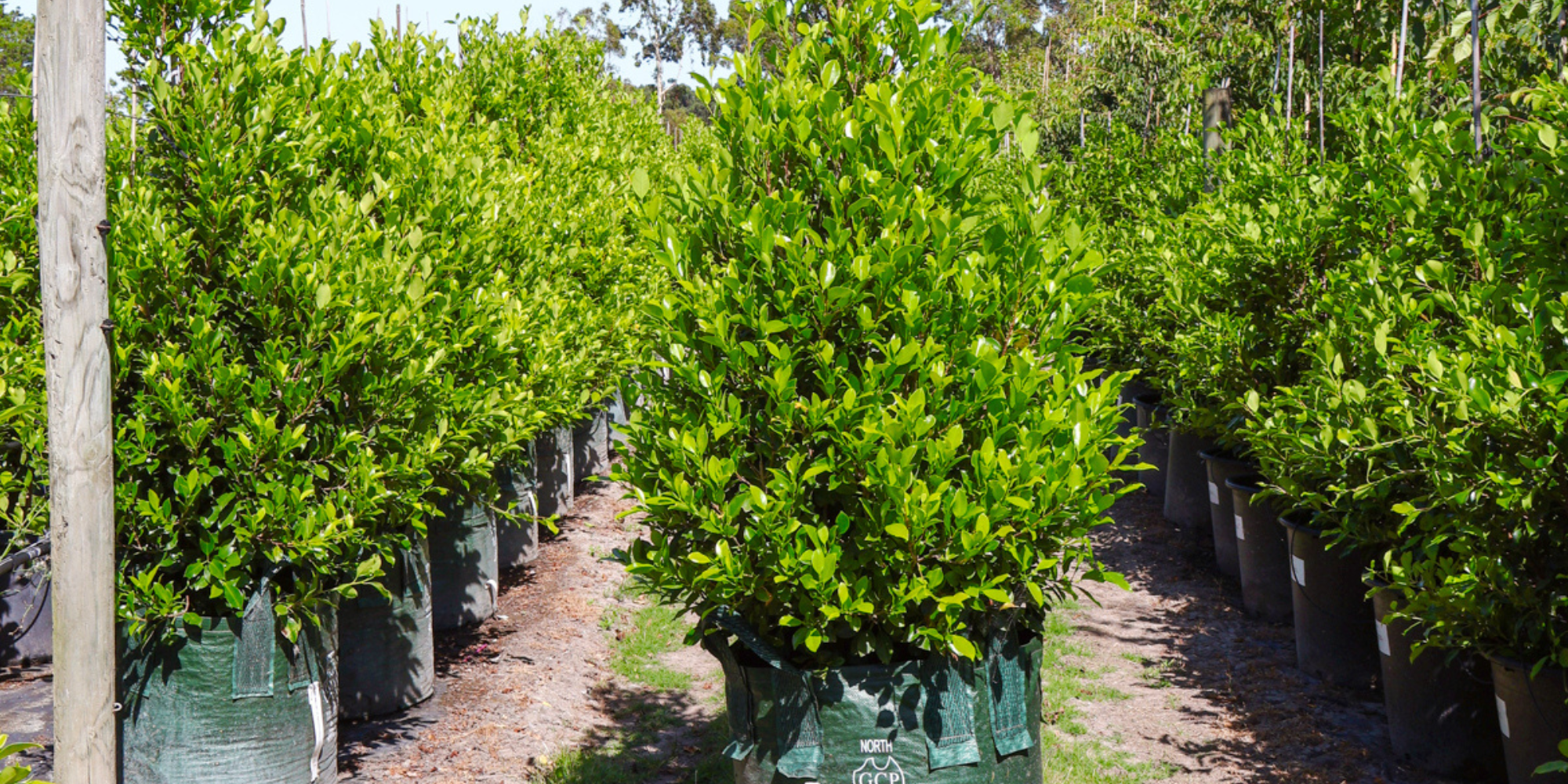






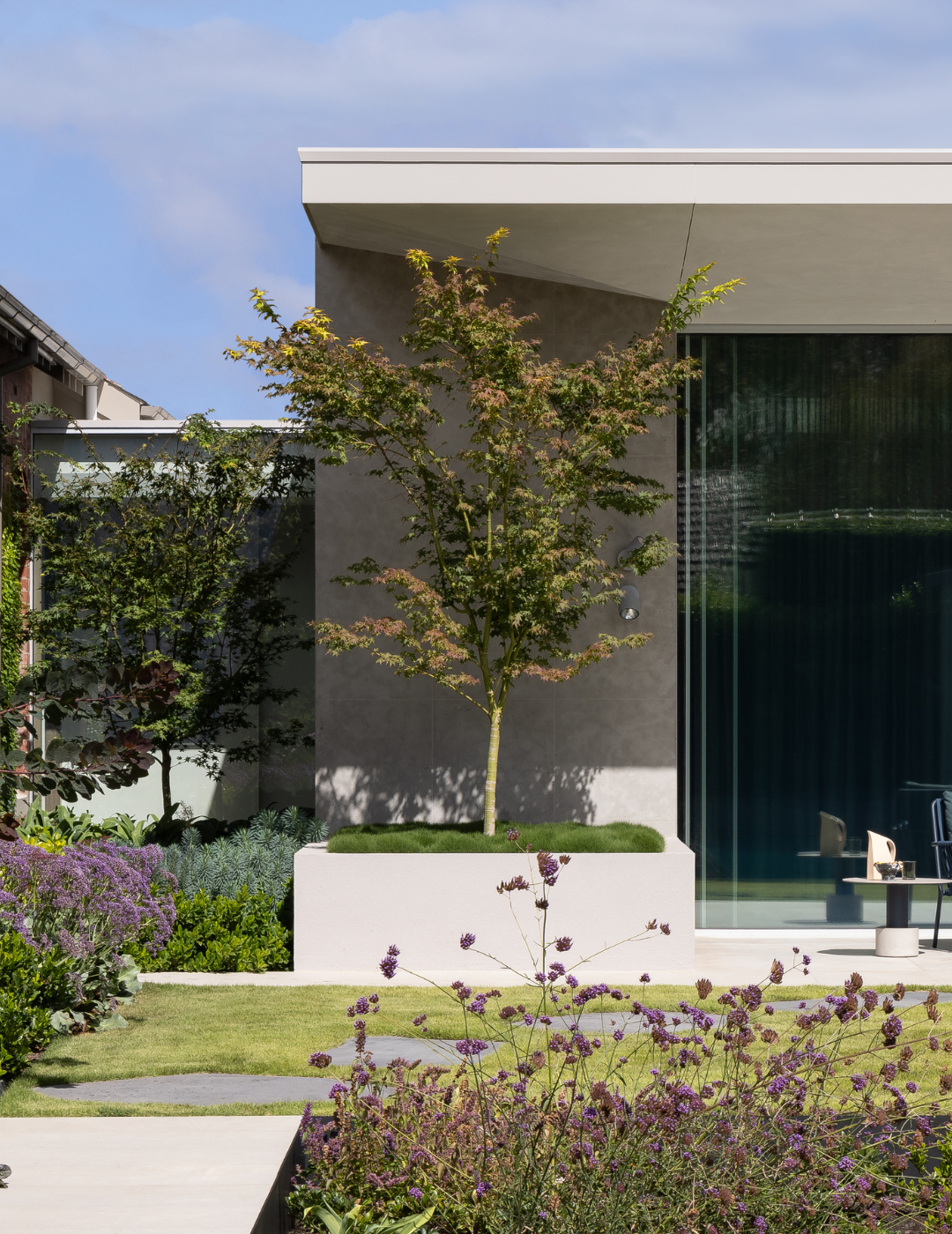





Leave a comment
This site is protected by hCaptcha and the hCaptcha Privacy Policy and Terms of Service apply.